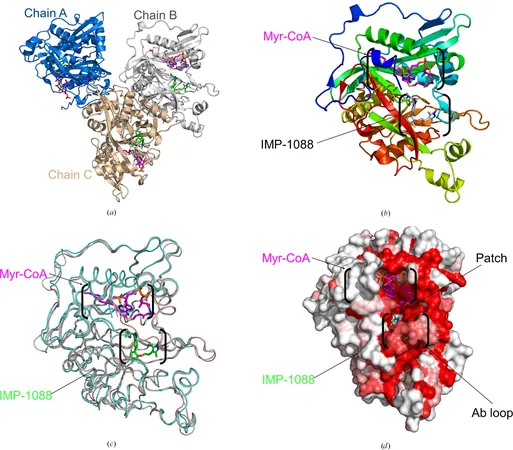
Breakthrough Discovery: New Compound Offers Hope in the Fight Against Resurgent Malaria
2025-01-21
Author: Ming
Introduction
As global temperatures rise, so too does the threat of malaria, a disease carried primarily by mosquitoes. Scientists are now employing cutting-edge synchrotron techniques to discover innovative treatments to combat this resurgent and deadly illness, especially in light of expanding mosquito habitats resulting from climate change.
The Growing Threat of Malaria
Historically, malaria has predominantly impacted regions such as sub-Saharan Africa, Central and South America, and Southeast Asia. However, Dr. Oluwatoyin Asojo, an adjunct professor of biochemistry and cell biology at The Geisel School of Medicine in Lebanon, New Hampshire, warns that mosquito populations—alongside malaria—are encroaching into areas where they have diminished, including parts of North America and Europe.
Current Statistics and Challenges
The World Health Organization's latest World Malaria Report indicates a staggering 262 million malaria cases worldwide in 2023, resulting in nearly 597,000 deaths, with a significant number occurring in Africa. With the looming threat of malaria infiltrating new geographical areas and the emergence of drug-resistant strains of the malaria parasite, such as Plasmodium vivax (P. vivax), there is an urgent demand for new therapeutic strategies.
Research on P. vivax
Dr. Asojo is part of an international research team leveraging the resources of the Canadian Light Source (CLS) at the University of Saskatchewan. They are focusing their efforts on P. vivax, which is uniquely challenging due to its ability to remain dormant in the human liver for years before reactivating and causing symptoms.
The Discovery of IMP-1088
Recent findings have led to the discovery of a new compound, IMP-1088, which shows promise by binding to an enzyme called N-myristoyltransferase (NMT) in the P. vivax parasite. This enzyme is also naturally present in humans, but by targeting it as a therapeutic pathway, researchers believe they can disrupt all stages of the malaria lifecycle effectively.
Advantages of Targeting NMT
One of the primary advantages of targeting NMT is that several inhibitors have already been developed for other diseases, providing us with a head start. These existing inhibitors, when specifically tailored to target the P. vivax enzyme, could potentially result in treatments that are both cost-effective and exhibit lower toxicity, sparing human NMT from excessive interaction.
Research Impact and Future Directions
The team's research findings are detailed in the journal Acta Crystallographica Section F Structural Biology Communications. Dr. Asojo emphasized the continuous work on optimizing these inhibitors, made possible through the high-resolution data derived from synchrotron technology at the CLS. This kind of research may not seem flashy at first glance, but it is essential for unraveling the complexities of protein behavior and other biomolecules in the human body.
Educating Future Scientists
Furthermore, the ongoing research at CLS is not just about combating malaria—it also plays a crucial role in educating and training the next generation of scientists. As the world faces an increasing number of emerging and re-emerging infectious diseases, nurturing new talent in this field is pivotal for staying ahead in disease prevention and treatment.
Conclusion
The uncovering of IMP-1088 as a potential malaria treatment could mark a significant milestone in our fight against this ancient disease, especially as we grapple with the repercussions of a warming world. Could this be the breakthrough we've all been waiting for? Only time will tell!


 Brasil (PT)
Brasil (PT)
 Canada (EN)
Canada (EN)
 Chile (ES)
Chile (ES)
 Česko (CS)
Česko (CS)
 대한민국 (KO)
대한민국 (KO)
 España (ES)
España (ES)
 France (FR)
France (FR)
 Hong Kong (EN)
Hong Kong (EN)
 Italia (IT)
Italia (IT)
 日本 (JA)
日本 (JA)
 Magyarország (HU)
Magyarország (HU)
 Norge (NO)
Norge (NO)
 Polska (PL)
Polska (PL)
 Schweiz (DE)
Schweiz (DE)
 Singapore (EN)
Singapore (EN)
 Sverige (SV)
Sverige (SV)
 Suomi (FI)
Suomi (FI)
 Türkiye (TR)
Türkiye (TR)
 الإمارات العربية المتحدة (AR)
الإمارات العربية المتحدة (AR)